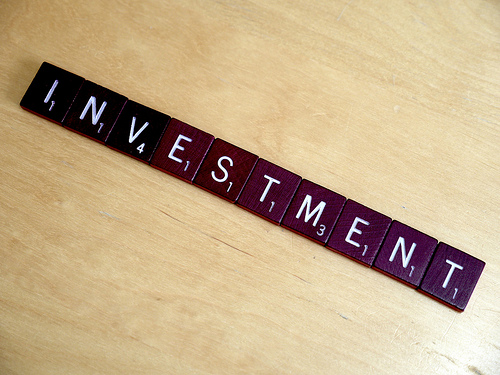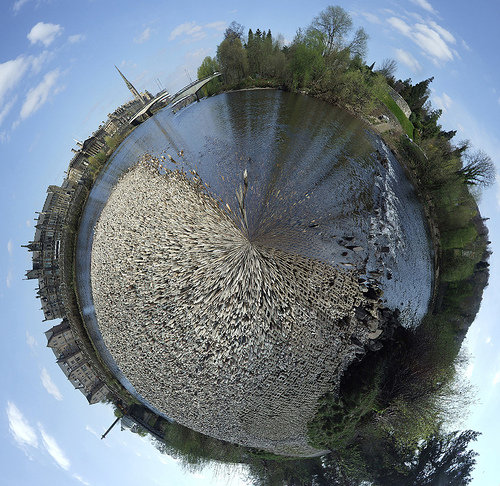Know when to use a search party and when to form a kill circle.
There is a great scene in the movie The Croods where the following exchange took place between Grug — the father of the neandertal Croods family — and Guy — their homosapien travelling companion, as they are confronted by a huge maze of tunnels that lay between them and their destination.
Grug: Are you saying we should split up?
Guy: We can try more paths at once, it’s the fastest way through!
Grug: We stick together, your way isn’t safe!
The challenge selects the strategy
What has an animation got to do with startups?
Well, as I watched this movie a few times over — my kids made me do it — I really appreciated the lesson this scene was teaching me.
This maze was a new challenge — a search through a bunch of potential options for a sustainable route to their goal. Everything that had gone before was business as usual — avoiding falling rock and a menagerie of exotic beasts with really sharp teeth. For those challenges, the existing Croods family strategy of a ‘kill circle’ — where they form a circle and basically kill whatever threatens them — worked reasonably well.
But the new challenge of the maze requires a different strategy — something that was pretty foreign to what the Croods had experienced thus far.
To Guy it was clear — to get through this maze we need to spread out and ‘try more paths at once’.
This is just the same with startups. It is a maze with many tunnels — some are dead ends, but there are a few ways that lead you out of the maze to the goal. In the case of startups — the goal is product-market fit and repeatable/scalable business model.
For this maze you need a search party, not a kill circle.
Why is this important?
Knowing this can save your startup huge amounts of wasted time, effort and opportunity and can avoid prematurely forming set piece company structures.
Knowing and accepting this idea of what a startup is can help you focus and it guides where investment — what little there might be — is directed.
It also helps direct the energy of everyone to a single purpose — not building stuff or hiring specialists or getting fancy addresses and furniture — but doing whatever you need to do to search for product-market fit and repeatable business model.
Knowing this also makes the job of leadership in any startup much clearer and simpler — recognise the challenge and mobilise the strategy. Both these things clearly take a particular set of skills that startup founders would be well advised to develop — perhaps before they rush into product making!
Searching. Execution considered harmful
If you lost something really valuable in a field, how might you find it?
Consider if you could invite all your various specialist friends to come help you search for it, how might they do that. What special skills would the doctor bring? Or the plumber? Would it be out of place for your friend — who is a butcher — to set up shop selling sausages while you search for your missing treasure?
The point is when you are searching you need 3 things.
- Tactics and leads about where to search and how to conduct the search. Diversity is key here, how do you use the unique skills and talents of your team to devise tactics and leads? Do you even know what they unique skills and talents the individuals on your team have?
- People actually doing the search — the more the better — remember “we can try more paths at once”. Everyone should be involved in this — it doesn’t make much sense for them not to be.
- Finally you need an effective and, preferably inexpensive, way to keep the search coordinated and information flowing. In the Croods, Guy gives everyone a seashell which they must blow to attract attention if they find a way out or get stuck. Simple but effective.
If you are focusing on anything other than this — in my opinion — you are wasting time, money and opportunity.
I see so many startups with their engineers busy looking at building stuff, creating coding standards, scaling infrastructure and impressive, resilient frameworks and they delegate the search to their marketing person or growth hackers.
What does ‘searching’ look like in startups
The trouble with any metaphor is that it has its limits.
So the key message I learned from the Croods is that to explore a maze, split up to explore more paths and options faster and do it in a coordinated way.
But how does that apply, in practice, to startups?
That will be the subject of my next blog post on the subject.
The still from The Croods is copyright of Dreamworks Animation 2013. All Rights Reserved.









